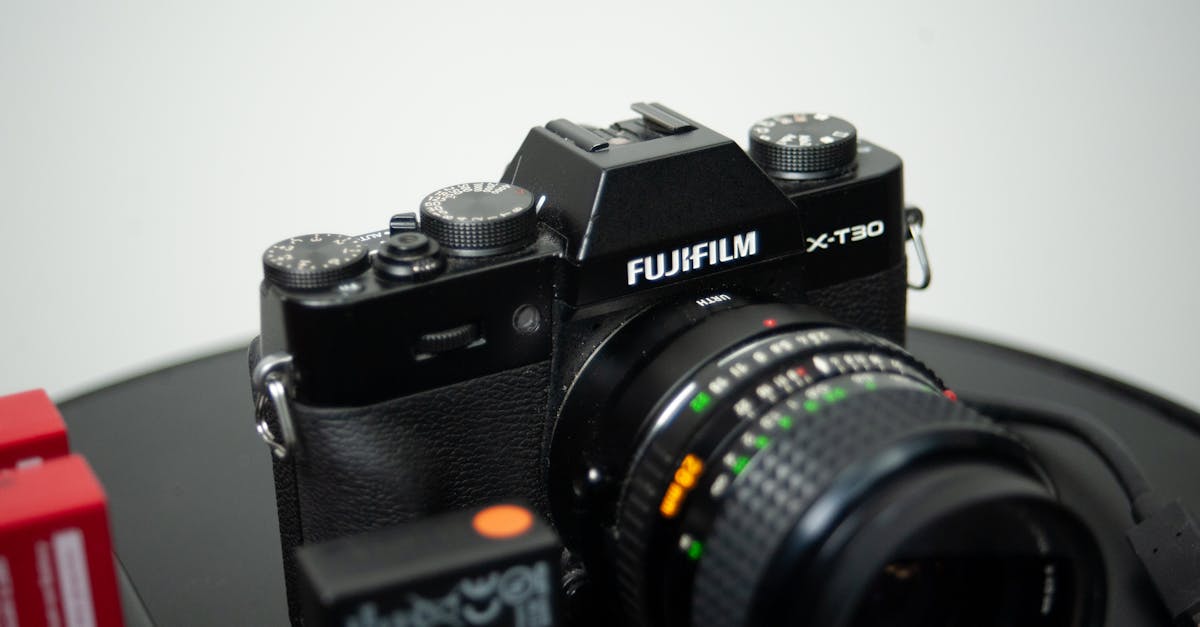
The Functionality of Sonde Cameras in Drain Inspections
2024-06-15By accurately pinpointing the exact location and nature of the problem, handheld drain cameras save both time and money for property owners and plumbing professionals alike. Instead of resorting to invasive and time-consuming methods such as excavation or guesswork, plumbers can quickly diagnose the issue and implement targeted solutions. This not only ensures a more efficient repair process but also minimizes the disruption caused to the property and itInterpreting the data collected from sonde camera inspections is a crucial aspect of effectively assessing the condition of drains and sewer systems. The footage captured by these cameras provides valuable insights into the interior of pipes, highlighting potential issues that may not be visible externally. s occupants.
One key element in data interpretation is identifying signs of blockages, leaks, cracks, or other forms of damage within the drainage system. By closely examining the footage and documenting these findings, inspectors can develop comprehensive reports that outline the scope of any necessary repairs or maintenance. Additionally, interpreting the data from sonde camera inspections allows for proactive measures to be taken, helping to prevent more severe problems and costly repairs in the future.Health and Safety Advantages
CostEffectiveness of Using Sonde Cameras for Drain InspectionsAnother notable advantage of utilising handheld drain cameras is the enhanced health and safety they provide to technicians and property owners. By being able to visually inspect the insides of drains without physical contact, there is a significantly reduced risk of exposure to harmful substances and pathogens. This is particularly crucial in older or problematic drainage systems where the presence of toxic materials or sewage can pose serious health hazards. With the implementation of handheld drain cameras, users can minimise the chances of encountering such risks and ensure a safer working environment overall.
With the precise imaging capabilities of handheld drain cameras, plumberIntegration with digital mapping software is a key feature of modern sonde cameras that enhances the efficiency and accuracy of drain inspections. This integration allows the captured data from the sonde camera to be directly overlayed onto digital maps, providing a comprehensive visual representation of the underground drainage system. By viewing the inspection data in the context of the digital map, inspectors can easily identify the location of any issues detected by the sonde camera, making it easier to plan and execute necessary repairs or maintenance work.
nspection data and mapping it onto accurate digital representations of the drainage system, sonde cameras streamline the inspection process and facilitate effective communication among all parties involved in the maintenance and management of the infrastructure.FAQS
FAQSWhat are the quality assurance benefits of using handheld drain cameras?
What are sonde cameras used for in drain inspections?Handheld drain cameras provide a high level of quality assurance by allowing for accurate and thorough inspections of drainage systems, ensuring that any issues are identified and addressed promptly.
Sonde cameras are used to inspect the condition of drains by providing real-time visual feedback on blockages, leaks, and other issues within the pipes.How do handheld drain cameras offer precision in identifying issues within the drainage system?
Do operators of sonde cameras need specific training?Handheld drain cameras use advanced technology to capture detailed images and footage of the inside of pipes, allowing for precise identification of blockages, leaks, or other issues that may be affecting the system.
Yes, operators of sonde cameras should undergo training to ensure they can effectively operate the equipment and interpret the data collected during drain inspections.What health and safety advantages do handheld drain cameras offer?
How can data from sonde camera inspections be interpreted?Handheld drain cameras help to minimize the exposure of workers to harmful substances that may be present in drainage systems, reducing the risk of health hazards and ensuring a safer working environment.
Data from sonde camera inspections can be interpreted to identify the location and severity of issues within the drains, enabling targeted repairs and maintenance to be carried out.